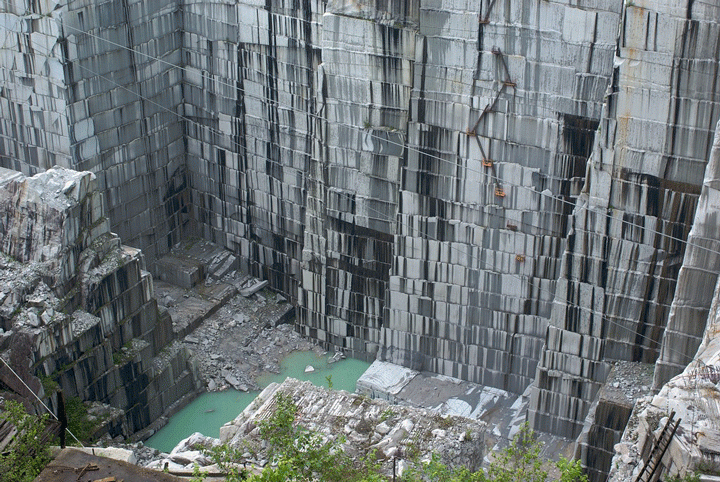Where Does Granite Occur

Granite also occurs in lacoliths dikes and sills.
Where does granite occur. Granite forms when the continental rocks melt a process that occurs from high heat and the addition of volatiles water and or carbon dioxide. Plutons can take. Biotite may occur in granite of any type and is usually present though sometimes in very small amounts. Granite is formed from the slow cooling of high silicate magma intrusions that have risen through the crust and formed large bulbous chambers of molten material called plutons.
Other articles where greenstone granite belt is discussed. The sodic amphiboles and pyroxenes riebeckite arfvedsonite aegirine are characteristic of the alkali granites. A crystal of imperial topaz on an albite matrix from a pocket in the katlang pegmatite of pakistan. Archean rocks that occur in greenstone granite belts zones rich in volcanic rocks that are primitive types of oceanic crust and island arcs formed on or near the surface of earth and thus preserve evidence of the early atmosphere oceans and life forms.
Strictly speaking granite is an. The minor essential minerals of granite may include muscovite biotite amphibole or pyroxene. What elements are present in the magma will directly affect what minerals are formed when it cools. Granite ˈ ɡ r æ n ɪ t is a common type of felsic intrusive igneous rock that is granular and phaneritic in texture.
A pegmatite is an igneous rock formed underground with interlocking crystals usually larger than 2 5 cm in size 1 in most pegmatites are found in sheets of rock dikes and veins near large masses of igneous rocks called batholiths the word pegmatite derives from homeric greek πήγνυμι pegnymi which means to bind together in reference to the intertwined crystals of quartz. Other rock variations similar in composition to granite are alpites and pegmatites. Alpites with finer grain size than granite occur at the margins of granitic intrusions. Specimen is about 4 5 x 3 5 x 3 5 centimeters.
Granites can be predominantly white pink or gray in color depending on their mineralogy the word granite comes from the latin granum a grain in reference to the coarse grained structure of such a completely crystalline rock. Granite is a light colored igneous rock with grains large enough to be visible with the unaided eye. It forms from the slow crystallization of magma below earth s surface. Crystallization will occur when the granite starts cooling and many different minerals will form at varying rates.
The formation of granite is sparked by lava eruptions but the lava must contain the same composition as granite rhyolite which is only found on land and is not produced by oceanic volcanoes. Other rocks that occur in granulite gneiss belts zones of. Granite is composed mainly of quartz and feldspar with minor amounts of mica amphiboles and other minerals this mineral composition usually gives granite a red pink gray or white color with dark mineral. Granite usually forms the base underground rock with other continental and sedimentary rocks resting over it.


















